Is the flavor of Yejia Fischer coffee beans good? the difference between classic washing and sunbathing Yega Chefee coffee
When it comes to individual coffee, perhaps the first thing my friends can think of is Yega Sheffee Coffee, Manning Coffee, Kopi Luwak Coffee, Blue Mountain Coffee. As the ancestor of "subverting" people's definition of coffee flavor, Yega Xuefei used the bright acidity to win the hearts of coffee glutton for decades. When recommending coffee beans for beginners in Qianjie Street, Yejasuffi coffee beans are always at the top of the list of recommended beans. In addition to making delicious hand-brewed coffee, the sunflower blended coffee beans used in the daily production of espresso drinks on the front street also have 30% sun Yega to increase the layer and berry tone, and 70% Honduran sherry to provide mellow thickness and aroma.
ETHIOPIA,YIRGACHEFFE,KOCHERE
Ethiopia Yega Xuefei Kochel
Country: Ethiopia
Producing area: Yega Xuefei
Grade division: G1
Variety: Heirloom
Altitude: 1650 m ~ 1800 m
Treatment: washing
In 1995, Ethiopia redivided the region, and the Yirgacheffe we are familiar with is planned in the Gedeo area in the new SNNPR. Currently located in the middle of Gedeo, Kochere is 25 miles north of the famous town of Yegashefi. The production model is based on local small farmers sending output batches to cooperatives for unified processing. For a long time, it has been regarded as one of the best sources of coffee in southern Ethiopia. There are eight main coffee producing areas in Ethiopia: Nekempte (Lekempti) Gimbi Kinby, Limulim, Illubabor Ibedo, Djimma Gemma, Harrar Hara, Teppi/Bebeka Becca, Sidamo Sidamo, Yirgacheffe Yega Sheffield.
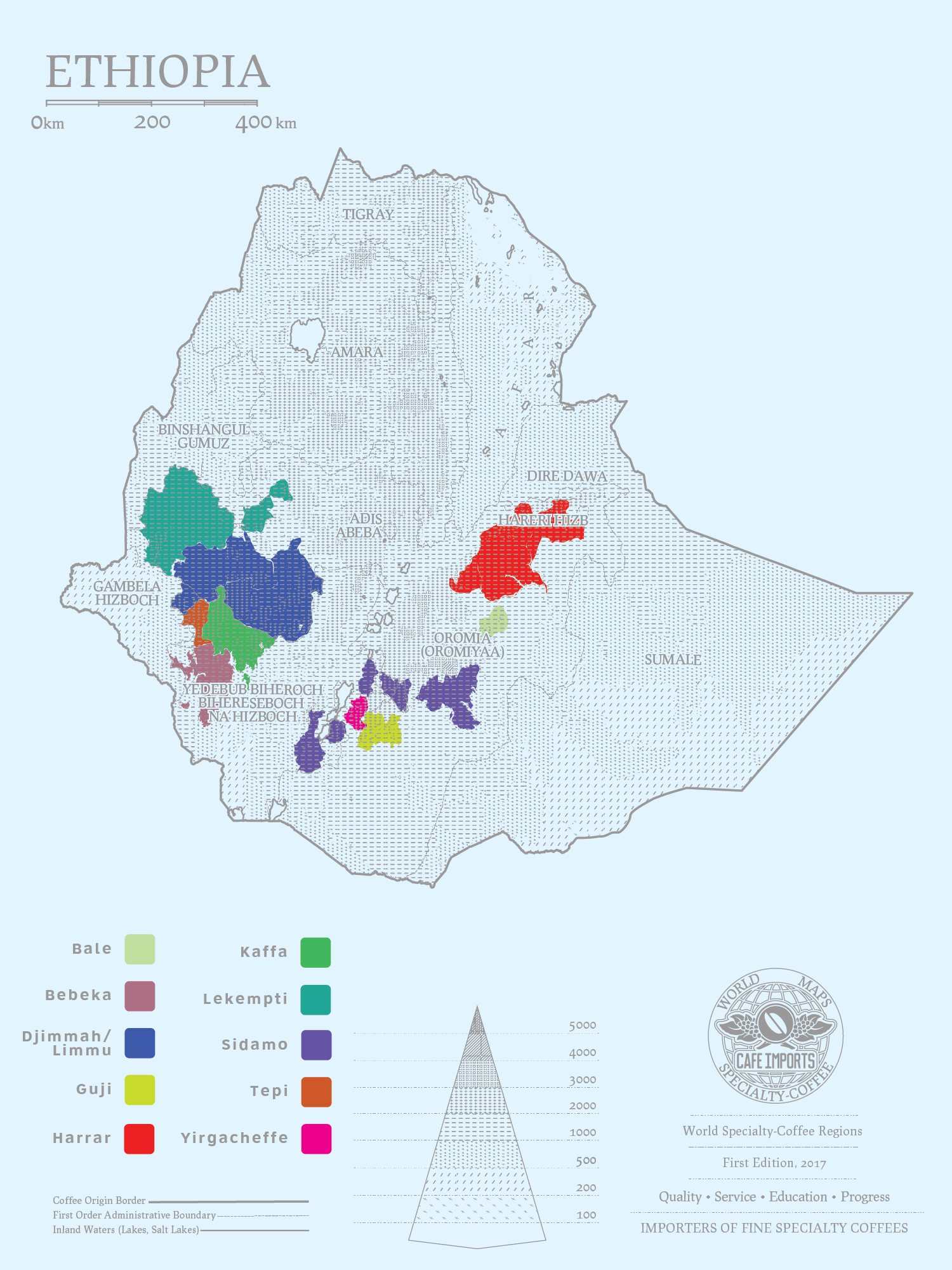
| 01 | production area profile |
Kochere, located on a plateau with an altitude of 1650 meters to 1800 meters above sea level
Ethiopia's main picking season is November and December, and most farmers do not use modern farming methods, use artificial care of coffee trees, and do not use harmful pesticides or herbicides. As a result, almost all coffee in Ethiopia is the default organic coffee, whether certified or not, the combination of original growth methods and precision processing makes the region's coffee world-famous. Neko farmer said: this time because there is no time to prepare, but the next harvest will be ready to certify RFA organic certification.
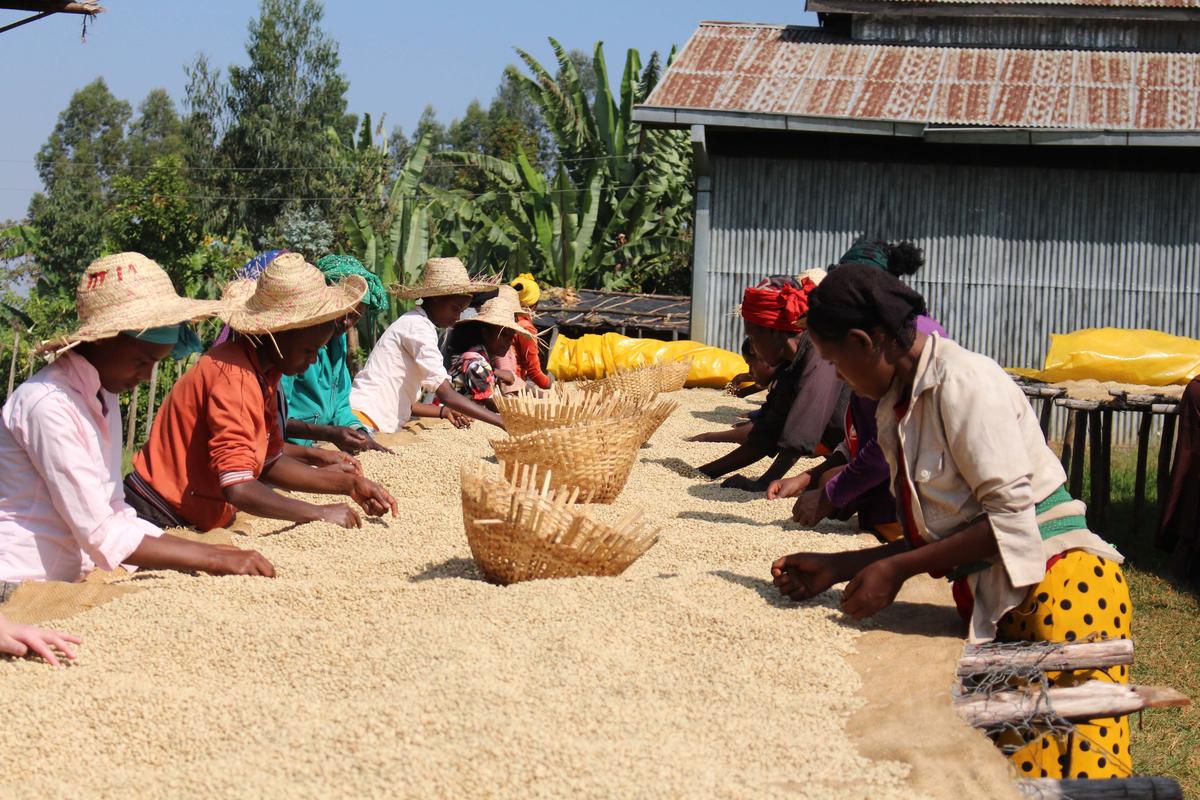
The washed coffee costs more resources (water) than the sun, so the quality of the washed coffee is higher. Put the coffee beans on the drying table to spread out for drying, can carry out good ventilation, and in order to avoid excessive fermentation, they will turn the coffee beans regularly.
Water washing has a brighter acidity than the sun processing method, which gives Yirgacheffe a "clean" taste. We like washed Yirgacheffe because it is clearer.
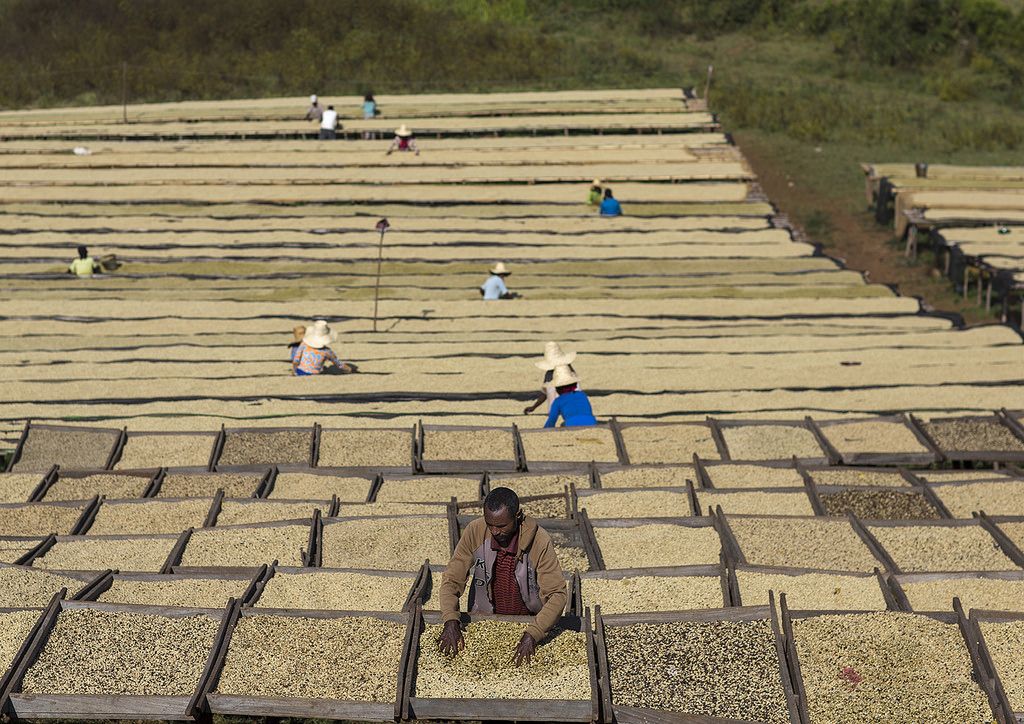
Flavor characteristics: Fruity (fruity), Fresh Jasmine Aroma (fresh jasmine), Berries (berries), Citric Acidic (citric acid), Pineapple (pineapple), Apple (apple) Smooth (smooth), Clean (clear), Long Aftertaste (long finish)
The difference between washed and sunny Yega Chuefei coffee
The coffee beans after harvest must enter the treatment program immediately, otherwise they will begin to ferment, making the coffee beans have a bad smell. There are two methods of treatment: "solarization" and "washing", which will cause different flavors.
Sun-dried beans have a complete natural mellow flavor, gentle aroma and more gum.
The washing rule has a good mellow taste, a high aroma and a lively sour taste.
Natural solarization (Natural/Dried-in-the-Fruit):
The fruit begins the process of sun drying without treatment after picking. This is the oldest method of treatment in existence. The drying process usually lasts about 4 weeks. The method of handling must be very strict to ensure that the coffee does not lose any flavor.
Complete washing method (Washed):
The peel, pulp and mucous membrane are removed by washing and fermentation. farms that use the washing method must build washing ponds and be able to introduce an endless supply of live water. During the treatment, the finished beans are put into the pool and passed back and forth, using the friction of beans and the power of running water to wash the coffee beans until smooth and clean.
After washing, at this time, the coffee beans are still wrapped in the pericarp with a moisture content of 50%. They must be dried to reduce the moisture content to 12%, otherwise they will continue to be mellow, moldy and rotten.
The better treatment method is to use sunlight drying, although it will take 1 ~ 3 weeks, but the flavor is very good and very popular.
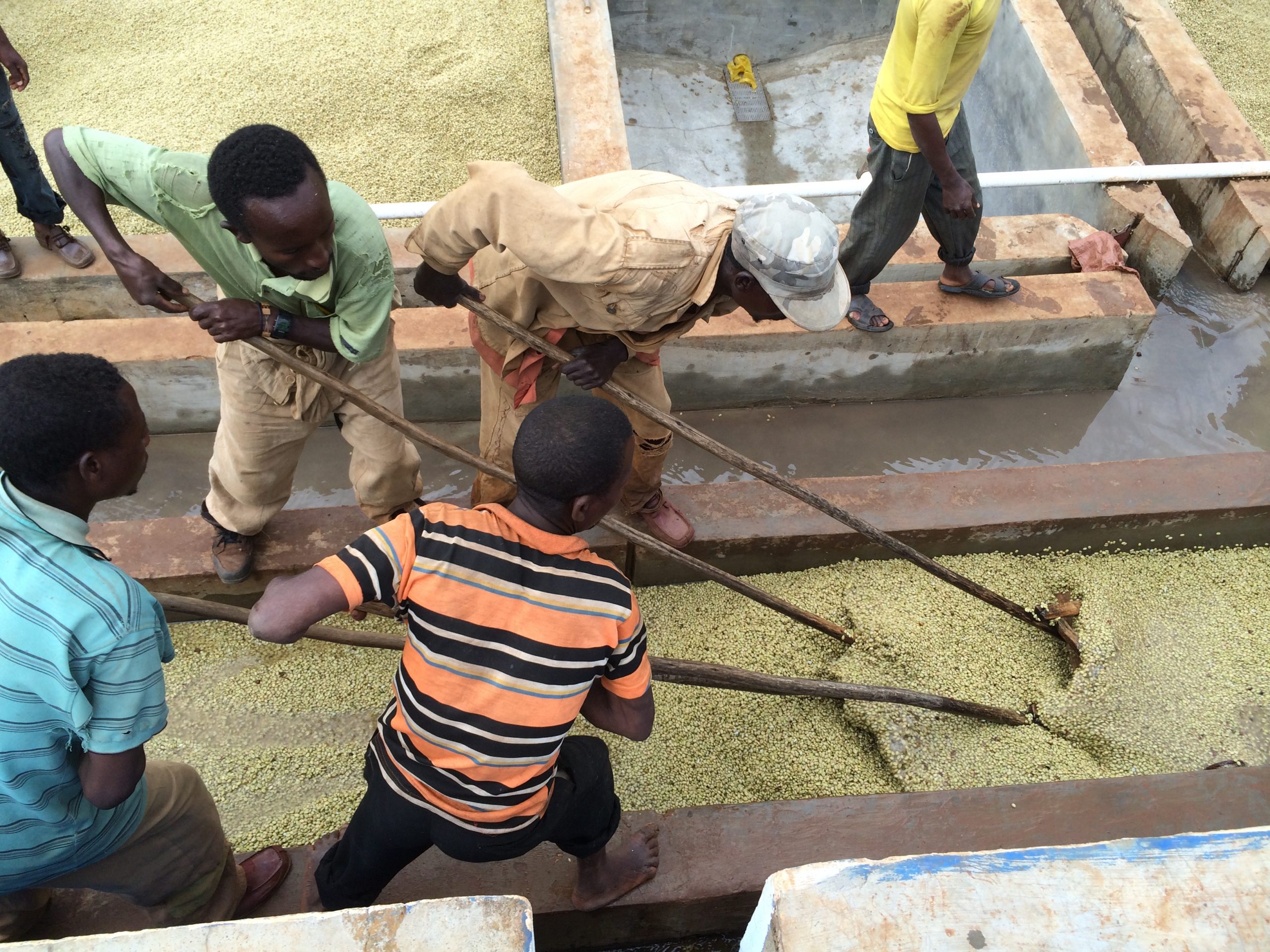
The difference between washing and sunbathing Yega Xuefei
Appearance of coffee beans
Take the two beans from the Yega Sheffei region of Ethiopia on our front street. The water washing Yega on the left is Kochel, and the sun Yega on the right is a red cherry.
[raw beans]: generally, raw beans washed in water are turquoise, while those in the sun are yellowish green.
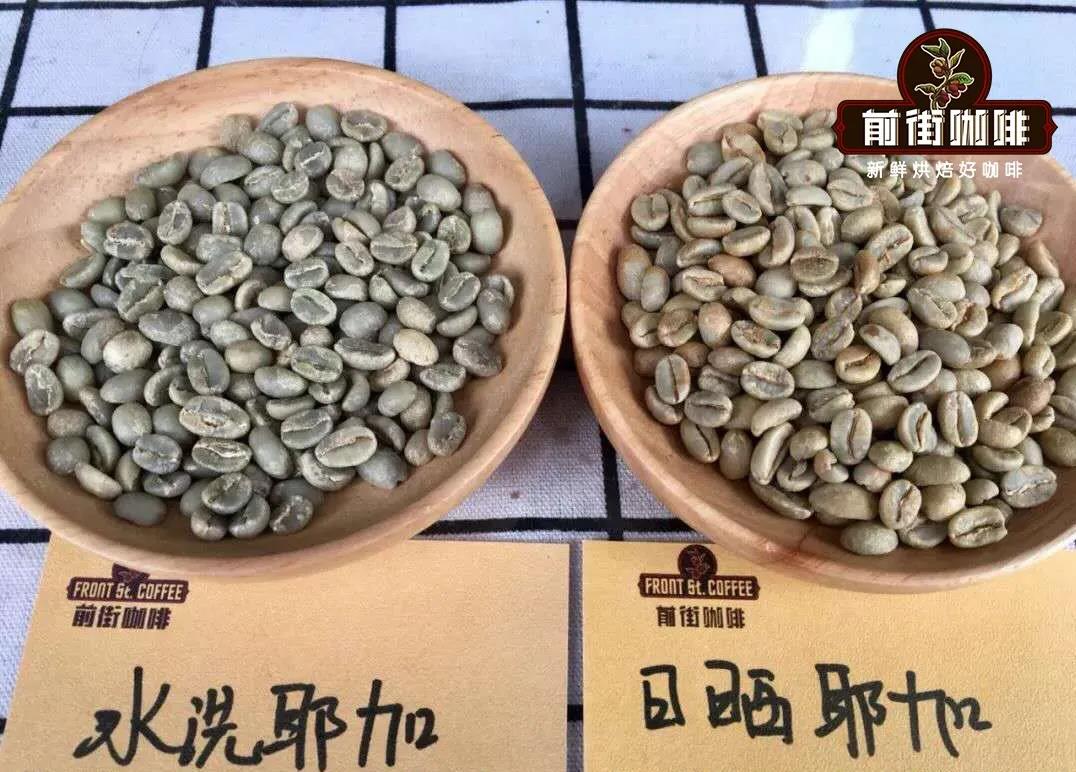
Observe from silver skin
In the process of processing, the refined washing method usually removes the silver skin from the coffee beans, showing a special luster, but the dry and refined method (sun-drying method) only takes off the coffee shell, and the silver skin is still intact.
Silver Skin/Chaff: there is a thinner film inside the parchment that wraps the coffee beans. Because the color is glossy and silvery, people used to call it "silver skin".
The difference between raw beans: generally washed raw beans are turquoise, while sun-washed raw beans are yellowish green.
[cooked beans]: there is more silver skin washed in water and less in the sun.
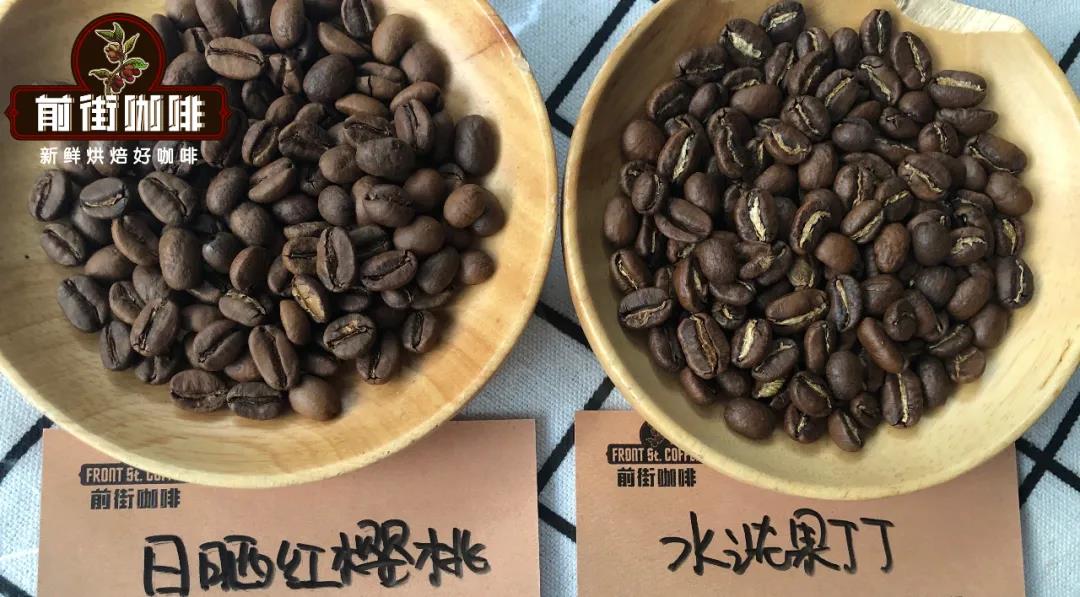
The outer silver skin of the beans in the sun is relatively more, and it takes off more thoroughly when baking, so it is relatively less when grinding; there is more silver skin in the beans washed in water, and there will be a lot of residue after baking and more when grinding. Of course, it is directly related to the baking degree. The deeper the baking, the cleaner the silver skin will take off.
In order to explore the taste of silver skin, the barista of Qianjie coffee specially made a cup of silver skin to try it on his own, only to find that he didn't have a strong sense of bitterness as everyone said. But not only silver skin, silver skin too much, will be astringent taste, but if raw beans excessive treatment of silver skin, will lead to flavor reduction.
Moreover, there must be silver skin on the central line of washed beans, but the problem is that that part may not produce obvious astringency, so don't pick out the silver skin completely.
The difference between dried incense:
Sun Yega Chuefei Coffee: light fermented wine and spices
Washed jasmine, lemon or lime sour coffee
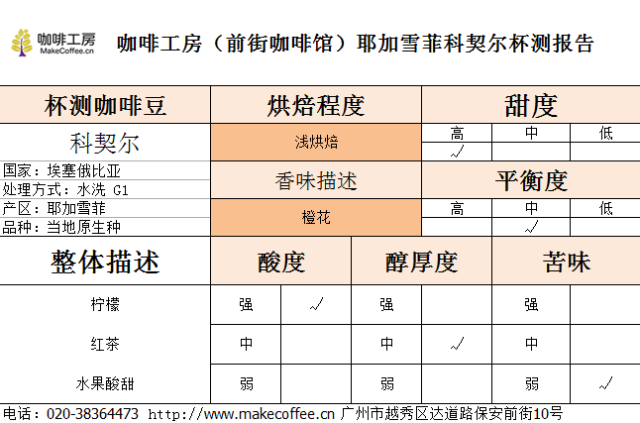
[cup test]
Qianjie is very fond of Ethiopian coffee, with the creamy berry flavor of Humbela Sakui coffee and the citrus sour aroma of washed Yega Sheffield coffee. The rich and varied tonality makes Ethiopia a treasure trove in the eyes of the public.
Sun Yega Chevy Coffee: the sun is a little complex, light fermented wine, fruity, honey sweet, cocoa with a hint of spice, body thick and long-lasting.
Washed Yega Chuefei Coffee: the acidity of the washing treatment will be brighter, like citric acid, more fragrant, citrus more obvious, and some black tea in the latter part.
Same: both will have a sour taste, such as lemon and citrus.
Baking analysis
The roasters of Qianjie Coffee usually choose shallow roasting when roasting Yega Chuefei beans. That is because light roasting makes the tropical Yejia fruit more rich in aroma, slightly sour in the mouth, that is, the sour aroma of the apple, which makes the coffee thicker and bitterness full of aroma and worth aftertaste. In itself, coffee is a fruit, which can keep the fruit sour and sweet after being roasted at high temperature, which is the characteristic of Yejia Xuefei. This is also what the Qianjie coffee roaster thinks. Each coffee bean should be able to express the taste of the region to which it belongs.
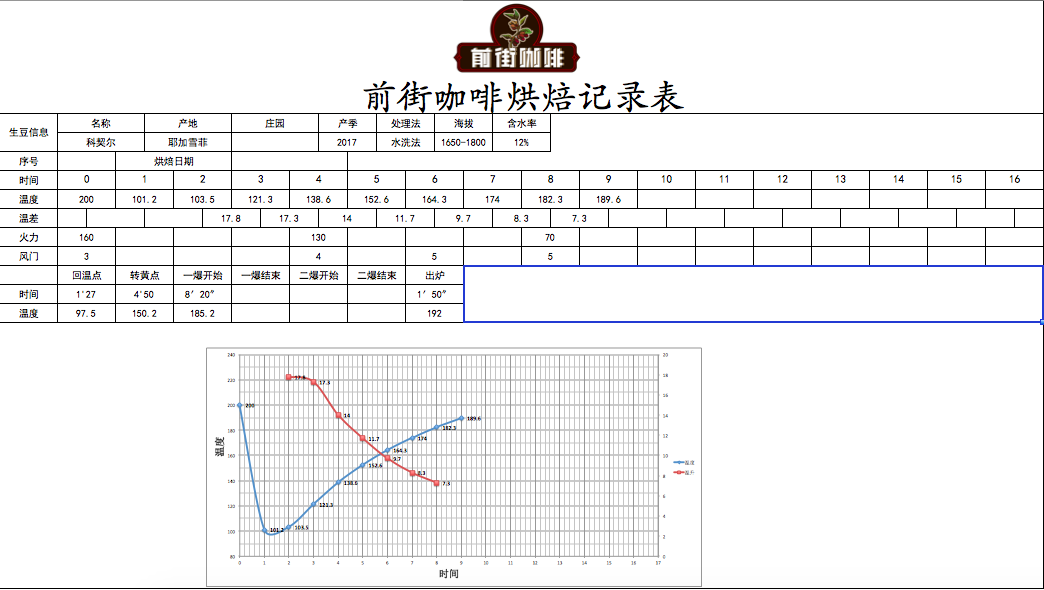
Roaster Yangjia 600g semi-direct fire
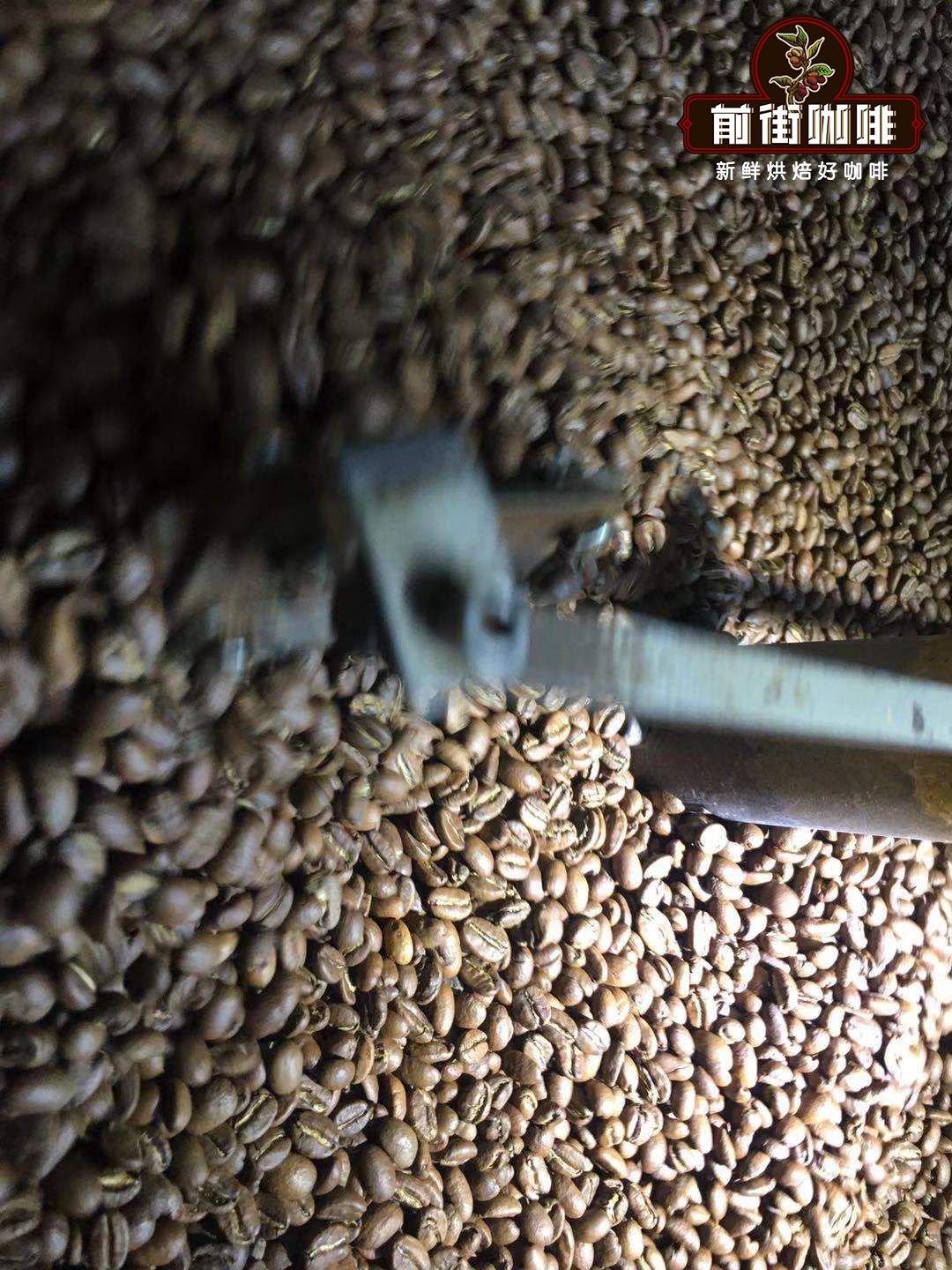
Using quick-frying mode, the furnace temperature is 200 degrees Celsius into the pan, the throttle is opened for 1 minute, the firepower is 160 degrees, the throttle is unchanged, baking to 4: 50 ", the temperature is 150 degrees, the bean table turns yellow, the smell of grass disappears completely, dehydration is completed, the firepower is adjusted to 130 degrees, and the throttle is opened to 4 degrees.
In the 8th minute, ugly wrinkles and black markings appear on the bean table, and the smell of toast obviously changes to the smell of coffee, which can be defined as a prelude to an explosion. At this time, listen clearly to the sound of the explosion point, start to explode at 8: 20 ", adjust the firepower to 70 degrees, and the throttle is fully open (adjust the firepower to be very careful not to be so small as to be free of bursting sound). Put the pot at 192 degrees.
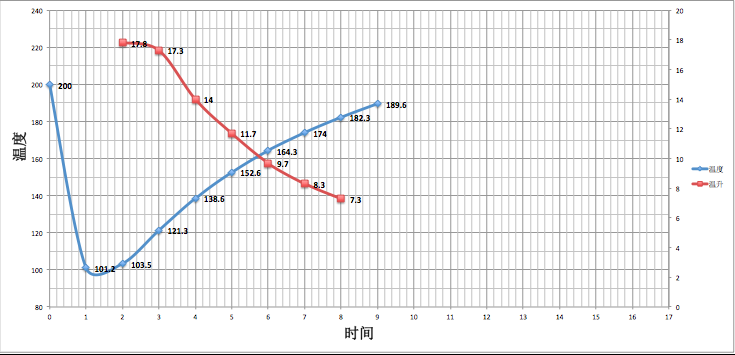
This stove is a shallow roast for quick frying.
Brewing analysis here, it is the classic hand brewing method of Qianjie coffee, three-stage water injection method.
First cooking: V60 filter cup, 15g powder, water temperature 90 degrees, grinding BG#4W, ratio of water to powder close to 1:16
35 grams of water steaming, steaming time is 35s
Segment: water injection to 110ml cut off, slow water injection to 230ml
Dry incense: lemon Sprite; wet incense: orange blossom
Flavor: honeysuckle, citrus, orange peel, yellow sugar
Palate: a little light
Correction method for light taste of hand-brewed coffee:
Other practices remain the same, as long as you adjust your grinding degree to increase the number of particles that absorb water and keep the hot water longer, the concentration of coffee liquid will naturally increase.
Other methods remain the same, try to increase your coffee powder (with the same grinding degree as before) by 3 to 5 grams, which can increase the thickness of the powder layer, enhance its water absorption, and the concentration can also be increased.
Second cooking (modified): V60 filter cup, 15g powder, water temperature 88.9C, grinding BG#4Q, ratio of water to powder close to 1:15
35 grams of water is steamed for 32 seconds.
Segment: water injection to 110ml cut off, slow water injection to 228ml
Dry fragrance: obvious flower fragrance, lemon orange juice; wet fragrance: White flower fragrance, orange juice, lime
Flavor: orange, orange peel, toffee, chrysanthemum
Palate: smooth, much thicker flavor
Important Notice :
前街咖啡 FrontStreet Coffee has moved to new addredd:
FrontStreet Coffee Address: 315,Donghua East Road,GuangZhou
Tel:020 38364473
- Prev
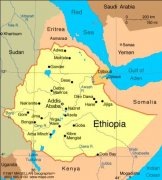
Yega Fischer G1 baking curve
ETHIOPIA,YIRGACHEFFE,KOCHERE in 1995, Ethiopia redivided the region, and the Yirgacheffe we are familiar with is planned in the Gedeo area in the new SNNPR. Currently located in the middle of Gedeo, the famous town of Yegashefi is 25 miles north of Kochere. The production model is based on local small farmers to produce batches.
- Next
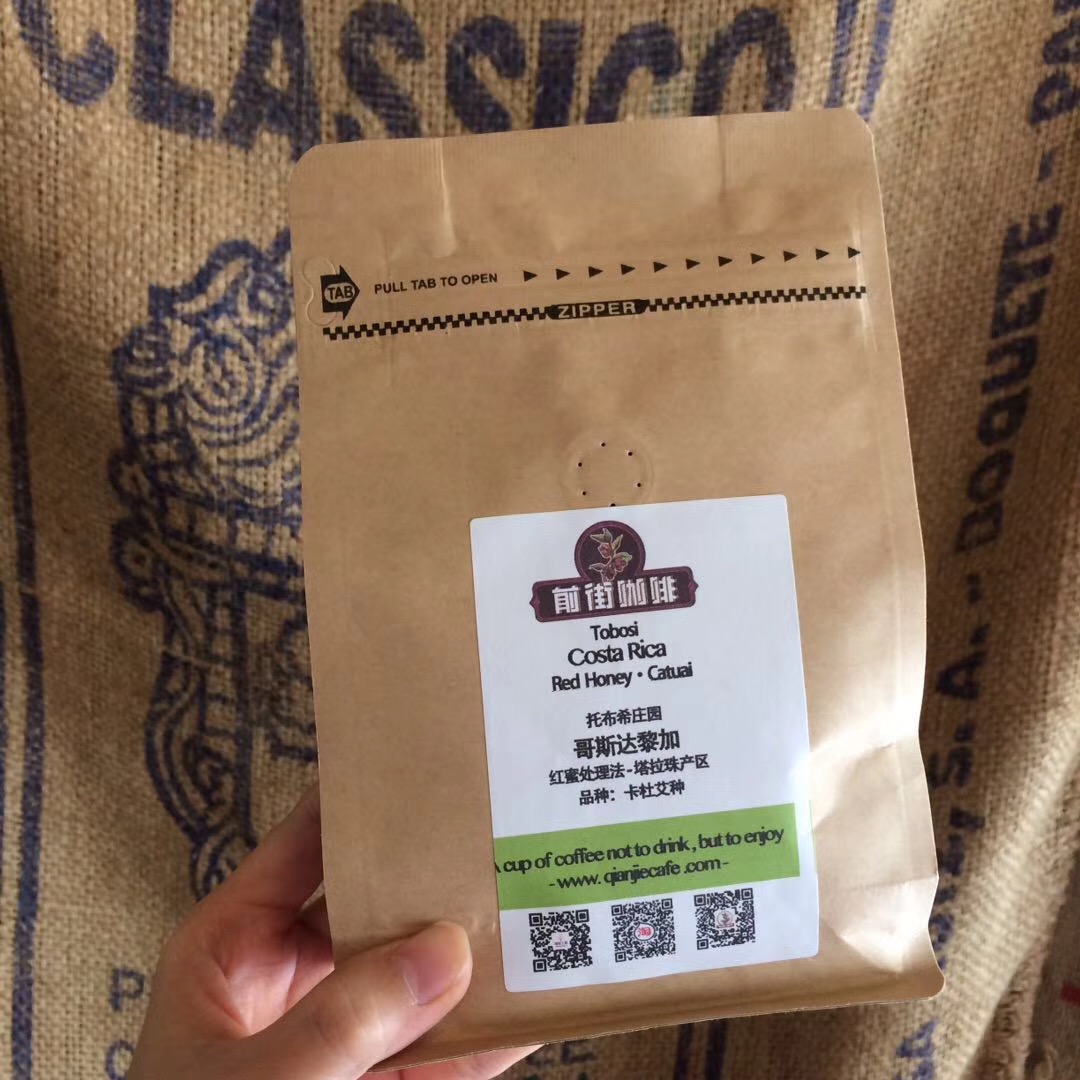
Popular science | how to interpret the label of coffee beans and the label of raw beans and cooked beans
Professional barista communication Please pay attention to the coffee workshop (Wechat official account cafe_style) what information is contained in the name of coffee? Take chestnut, coffee name: Costa Rica Tarrazu SHB EP Red Honey, [country + producing area + graded name + treatment method] translated: extremely hard beans from Tarazhu, Costa Rica, European ep standard red honey treatment of raw beans.
Related
- Detailed explanation of Jadeite planting Land in Panamanian Jadeite Manor introduction to the grading system of Jadeite competitive bidding, Red bid, Green bid and Rose Summer
- Story of Coffee planting in Brenka region of Costa Rica Stonehenge Manor anaerobic heavy honey treatment of flavor mouth
- What's on the barrel of Blue Mountain Coffee beans?
- Can American coffee also pull flowers? How to use hot American style to pull out a good-looking pattern?
- Can you make a cold extract with coffee beans? What is the right proportion for cold-extracted coffee formula?
- Indonesian PWN Gold Mandrine Coffee Origin Features Flavor How to Chong? Mandolin coffee is American.
- A brief introduction to the flavor characteristics of Brazilian yellow bourbon coffee beans
- What is the effect of different water quality on the flavor of cold-extracted coffee? What kind of water is best for brewing coffee?
- Why do you think of Rose Summer whenever you mention Panamanian coffee?
- Introduction to the characteristics of authentic blue mountain coffee bean producing areas? What is the CIB Coffee Authority in Jamaica?

